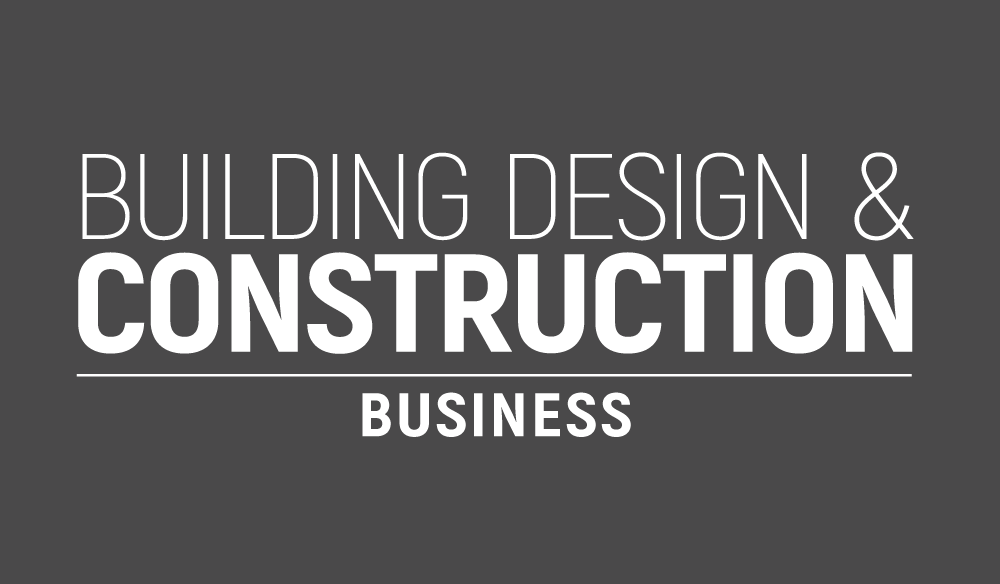- Companies in the FTSE Construction and Materials sector issued eight profit warnings during H1 2025, a four-fold year-on-year increase and the highest number for this period since the start of the Covid-19 pandemic in 2020
- EY-Parthenon report reveals listed firms in the sector issued three warnings in Q2, to add to the five recorded in the first quarter, which already equalled the total for the whole of 2024
- Overall, UK-listed businesses issued 121 profit warnings in the first half of the year
- Of the 59 warnings issued during Q2, almost half (46%) cited policy change and geopolitical uncertainty as a leading factor – the highest percentage ever recorded for this cause and up from just 4% during the same period last year
- Profit warnings citing contract and order cancellations or delays remained at a record level in Q2 (40%), while one in three warnings (34%) cited tariff-related impacts
UK-listed companies in the FTSE Construction and Materials sector issued eight profit warnings during H1 2025, four times the number issued during the same period last year and the highest total since the Covid-19 pandemic in 2020, according to EY-Parthenon’s latest Profit Warnings report.
Listed firms in the sector issued three profit warnings in Q2, down slightly from the five recorded during the first quarter, which already equalled the total for the whole of 2024.
The eight warnings issued in H1 means that Construction and Materials was the FTSE sector to issue the third most profit warnings in the first half of the year, behind only FTSE Industrial Support Services (17) and FTSE Software and Computer Services (16).
Tim Vance, EY-Parthenon UK&I Turnaround and Restructuring Partner, said: “The latest data shows that the construction sector, which saw some recovery in 2024, supported by repair and maintenance demand, easing costs and infrastructure investment, is under renewed pressure so far this year. Previous gains are being eroded by the return of cost and demand challenges, which are exposing persistent structural weaknesses. Whilst longer-term supply and demand dynamics should support growth in the sector, there are a number of nearer-term challenges that are impacting contractors and the supply chain.
“Regulatory complexity, particularly from the Building Safety Act, continues to slow approvals and disrupt delivery, while labour shortages and the increase in employer National Insurance Contributions are also squeezing margins. Access to bonding and trade credit insurance has been tightening and the sector remains susceptible to shocks. A drop off in demand may ease some of these pressures, but this tends to help main contractors more than subcontractors and suppliers, where financial stress has been concentrated.
“In this period of heightened economic uncertainty and an ever-evolving construction landscape, companies that can effectively manage risk, drive innovation and cultivate strong partnerships will be best positioned to succeed.”
Impact of policy and geopolitical uncertainty takes hold in Q2
Overall, UK-listed companies issued 121 profit warnings in H1 2025, including 59 during the second quarter. The leading factor behind profit warnings in Q2 was policy change and geopolitical uncertainty, cited in nearly half (46%) of warnings. This marked a significant year-on-year increase from just 4% in Q2 2024, and the highest percentage recorded for this cause in more than 25 years of EY’s analysis.
The proportion of profit warnings to cite contract and order cancellations or delays in Q2 remained at a record 40%. One in three warnings (34%) cited tariff-related impacts, including weaker demand, supply chain disruption, and exchange-rate volatility.
Jo Robinson, EY-Parthenon Partner and UK&I Turnaround and Restructuring Strategy Leader, added: “The scale of persistent uncertainty and how heavy it continues to weigh on UK businesses is clear. While this uncertainty has been a recurring theme since mid-2024, it has intensified so far this year – driven largely by geopolitical tensions and policy shifts – compounding pressure on both earnings and forecasts.
“Whether the rise in profit warnings is cyclical or structural remains to be seen, and we still expect earnings pressure to ebb and flow with the macroeconomic backdrop. As companies operate in a risk and forecasting environment that is challenging to navigate, they must adopt a measured, scenario-based approach that balances both agility and strategic clarity.”
Building, Design & Construction Magazine | The Choice of Industry Professionals





